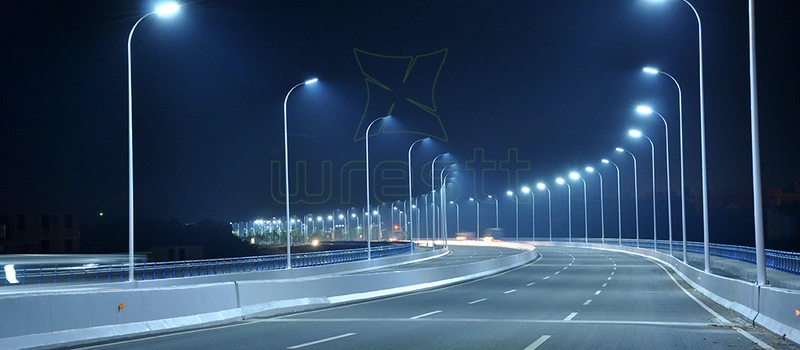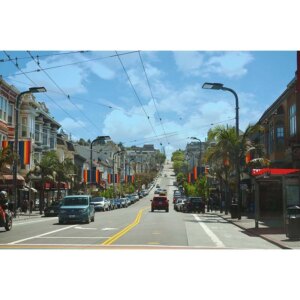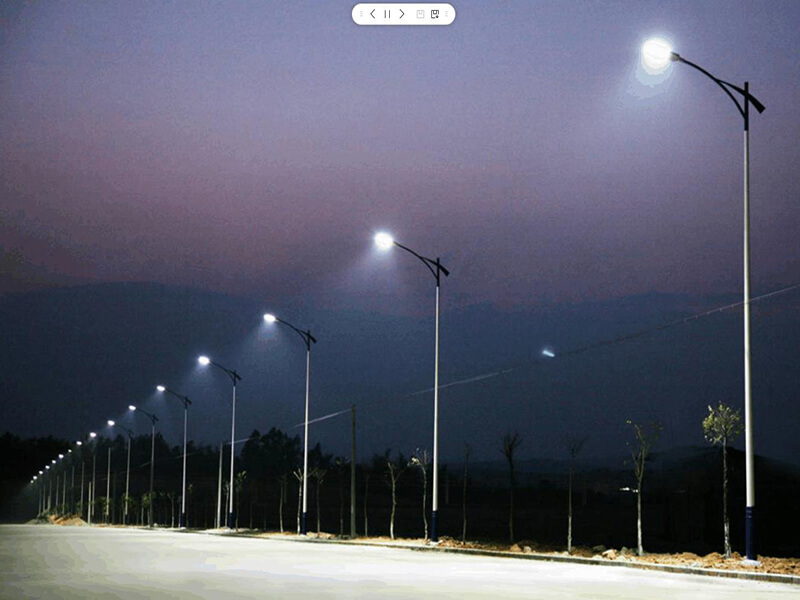Introduction:
Street lighting is not about dispelling darkness. It is a pivotal aspect of urban infrastructure. Also, it weaves safety, functionality, and aesthetics into the fabric of city life. This article embarks on street lighting design standards and guidelines. The significance of a well-thought-out lighting plan extends beyond visibility. It is about creating an ambiance that enhances the experience of our urban spaces.
The evolution of street lighting has been a transformative technology. Here, LED lighting takes center stage. It is no longer confined to mere functionality. Modern street lighting is a blend of energy efficiency, sustainability, and visual appeal. In the following sections, we will explore the various facets of street light designs. Let us see the considerations driving the selection of design standards. We will learn actionable tips on crafting effective street lighting design solutions.
Understanding Street Light Designs
Let us understand the intricate world of streetlight designs. One must first acknowledge the diversity of urban landscapes. Streets come in various shapes and sizes, demanding a unique approach to lighting. There are the traditional cobra-head fixtures that adorn many urban roads. It gives sleek and energy-efficient LED lights, revolutionizing the way we brighten.
The contemporary street light design is a convergence of aesthetics. It ensures functionality and environmental consciousness. Municipalities are embracing LED technology. They choose them for their longevity, energy efficiency, and superior color rendering. These lights not only enhance visibility. They also contribute to the safety and well-being of urban dwellers.
Beyond the technical aspects, street light designs are also influenced by the needs. Residential zones may enjoy softer, warmer lighting to create a cozy atmosphere. While commercial districts often demand brighter illumination for heightened visibility and security. Municipalities often adopt standardized designs to ensure uniformity. It is also to get efficiency across their lighting infrastructure.
Key Considerations In Selecting Street Lighting Design Standards
-
Location-Specific Requirements
Foundation of a successful street lighting design lies in understanding the unique requirements. One size does not fit all in the realm of street lighting. A residential neighborhood with narrow streets. And a bustling commercial district has distinct lighting needs. The lighting in a residential area may focus on creating a warm and inviting atmosphere. A commercial zone might need brighter illumination for increased visibility and security.
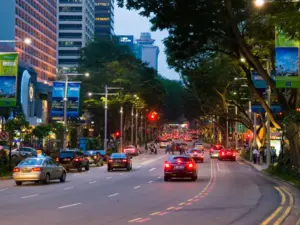
What about the selection of lighting fixtures and their placement? It should align with the characteristics of the area. Consider factors such as traffic flow, pedestrian zones, and the surrounding environment. By conducting a thorough site analysis, designers can tailor the lighting plan. It should be to the specific demands of the location.
-
Energy Efficiency
In an era where sustainability is at the forefront of urban planning. The energy efficiency is a paramount consideration in street lighting design. LED lights have emerged as the frontrunners in this regard. They offer a compelling combination of energy efficiency and longevity.
Municipalities are replacing traditional street lights with LED alternatives. They do it to reduce energy consumption and lower maintenance costs. The energy-efficient nature of LED lights not only aligns with global sustainability goals. It also contributes to significant cost savings for municipalities over the long term.
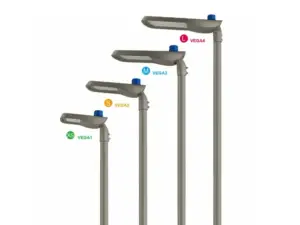
KANGLIGHT LED street light manufacturer specializes in the production of efficient and durable LED street lights. We are committed to providing smart street lighting solutions for cities.
-
Safety Standards
The primary purpose of street lighting is to enhance safety. It does it by providing adequate visibility. Adherence to safety standards is non-negotiable in the design process. Safety considerations extend beyond preventing accidents. They encompass creating an environment where residents and visitors feel secure.
Street lighting designs must follow established safety standards. It takes into account factors such as illuminance levels, uniformity, and glare control. Lit streets reduce the risk of accidents and criminal activity. Also, it fosters a sense of security within the community.
-
Adaptability
The dynamic nature of urban environments necessitates street lighting designs. These can adapt to changing conditions. Smart lighting systems equipped with sensors and automation. They have emerged as a transformative solution for achieving adaptability.
Smart street lighting goes beyond simple on-off mechanisms. These systems can adjust brightness based on real-time conditions. It gives traffic density or ambient light levels. By incorporating adaptive technologies, municipalities can optimize energy usage. It reduces light pollution and enhances the efficiency of their lighting infrastructure.
9 Tips On How To Design Street Lighting
Thorough Site Analysis
A comprehensive site analysis forms the bedrock of effective street lighting design. Understanding the unique characteristics of the location is crucial. Why, it is for tailoring the lighting plan to meet specific needs.
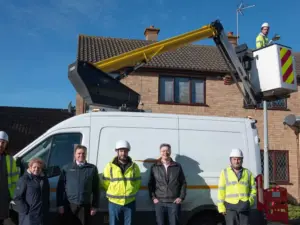
Begin by assessing the layout of the streets. It considers factors such as traffic flow. Pedestrian zones and the surrounding environment. Identify areas that may need different lighting treatments. They are areas such as residential streets versus commercial districts. This detailed analysis lays the groundwork for a customized and effective lighting design.
Balancing Brightness
Achieving the right balance of brightness is essential in street lighting design. Bright lighting can lead to discomfort, glare, and light pollution. It does it by diminishing the effectiveness of the lighting system.
Opt for lighting levels that provide adequate visibility without causing glare or discomfort. Especially for pedestrians and motorists. Consider using fixtures with optics that direct light. Minimizing light spill and maximizing efficiency.
Use Full Cutoff Fixtures
Full cutoff fixtures are a recommended choice. These fixtures direct light downward, minimizing light spill and reducing skyglow.
Full cutoff fixtures not only improve visibility on the ground. It also contributes to the conservation of natural resources. Prioritizing these fixtures, municipalities can create well-lit environments. It does it while minimizing the environmental impact of artificial lighting.
Incorporate Smart Controls
Embracing smart lighting systems is a progressive step in modern street lighting design. These systems leverage technology to enable remote monitoring and control. Also, it provides municipalities with unprecedented flexibility and efficiency.
Smart controls allow for dynamic adjustments based on real-time conditions. The brightness of the lights can be lower during low-traffic periods. This adaptability optimizes energy usage. It also enhances the responsiveness of the lighting infrastructure.
Consider Aesthetics
Street lighting is not a functional necessity. It is also a significant contributor to the aesthetics of an area. The choice of lighting fixtures and their design can have a significant role. It is in the visual appeal of streets and public spaces.
When selecting lighting fixtures, consider their aesthetic compatibility. You should do it with the surrounding architecture and urban environment. Opt for fixtures that enhance the ambiance. You can create a harmonious blend of functionality and visual appeal.
Regular Maintenance
Even the most well-designed lighting systems need regular maintenance to ensure optimal performance. Routine inspections and regular repairs are essential to address issues. These can be such as malfunctioning fixtures, damaged wiring, or burnt-out bulbs.
Regular maintenance not only completes the lifespan of the lighting infrastructure. It also ensures that the intended level of illumination is there. A well-maintained lighting system contributes to a safer and more reliable urban environment.
Community Engagement
The success of any street lighting design. It links to the needs and preferences of the community it serves. Engaging with the local community throughout the design process is important.
It is a proactive approach to ensuring inclusivity and garnering valuable insights.
Conduct community forums and workshops to understand the preferences and concerns of residents. This collaborative way fosters a sense of ownership among the community members. It results in a street lighting design that aligns with their expectations.
Integration With Other Infrastructure
Streets are not standalone entities; they are part of a broader urban infrastructure. Coordinated planning that integrates street lighting with other elements. These are traffic signals and landscaping. It enhances the functionality of the urban environment.
Collaborate with urban planners and architects. It ensures that street lighting integrates with other infrastructure components. This holistic approach contributes to a cohesive and well-coordinated urban space.
Adaptability For Future Technologies
Designing street lighting with an eye toward the future. It requires a consideration of emerging technologies. Incorporate features that allow for easy integration with upcoming advancements. It ensures that the lighting infrastructure remains relevant and adaptable.
Stay informed about innovations in lighting technology. It includes advancements in smart sensors, communication protocols, and energy-efficient materials. Future-proofing the street lighting design allows municipalities to leverage new technologies. They become available, ensuring a sustainable and forward-thinking approach.
Concluison:
The future of street lighting design holds exciting possibilities. It is because technology continues to evolve. As we navigate the path ahead, it is imperative to recognize the street lighting. It is not a static element but a dynamic component of urban life. Thus, adhere to established standards, consider key factors, and embrace innovation. Municipalities can pave the way for well-lit urban spaces that rank safety. They also consider energy efficiency and community well-being.
In conclusion, designing effective street lighting involves a careful balance. It is of technical expertise, community engagement, and a forward-thinking approach. Follow the outlined tips and consider the nuances of each location. One can illuminate our streets in a way that enhances the urban experience. The journey to well-lit, sustainable, and pleasing urban environments is an ongoing one. Also, the future is even more innovative solutions in street lighting design.


